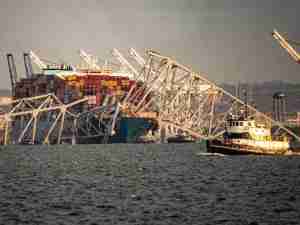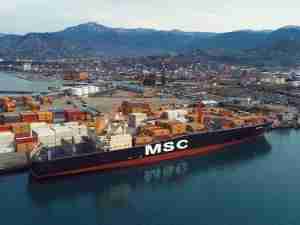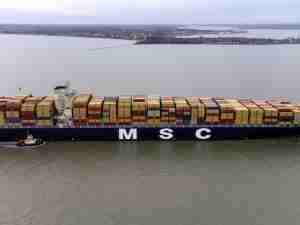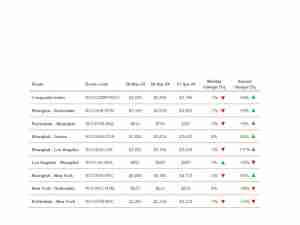Shipments may be rejected at the port of discharge due to incorrect or incomplete documentation. Shippers and receivers may fail to take timely and appropriate measures to mitigate problems arising from incidents and may even abandon waste cargo, leaving the container operator to arrange disposal or return the cargo expensively to origin.
There is plenty that can go wrong. The Perils of Waste Shipments in Freight Containers, produced this month by the UK P&I Club under the Carefully To Carry banner, highlights the problems and summarizes the legislative framework surrounding the trade.
Many countries receive hazardous waste as a welcome source of business with at least 8.5 million tons shipped internationally each year. The transboundary movements of various wastes and their volumes have increased significantly over the last decade, with recycling the primary spur. Certain types of waste have become more valuable to export, such as electrical and electronic equipment, which is very expensive to recycle or treat in Western Europe.
Growing manufacturing and industrial activities in southern China and the country's increased demand for recovered scrap materials have helped expand the trade. Between 2003 and 2007, the waste imported and exported by China----about two-thirds of it plastics----increased from about seven million tons to well over 11 million tons.
Since 2006, the rate of increase has slackened considerably. Nevertheless, a vessel loading in the United Kingdom for China may hitherto have had up to 65 per cent of its loaded containers carrying recyclable waste.
The global economic downturn can be expected to adversely affect the level of international waste shipments. Whatever the volumes, however, political pressures and formal rules to ensure the trade is carried out safely and to high environmental standards will continue and consolidate. That adds up to quite a minefield for the container operator to traverse.
The Carefully To Carry team of experts point out that the first indication of something untoward with a container load of waste may be on arrival at the loading terminal when it is found damaged. This could well be manifest in roof or sidewall panels bulging outwards beyond their accepted envelope.
Typical causes include bales of non-uniform size, perhaps incorporating a range of waste products, packed together loosely or indiscriminately.
It is not always possible to identify the cause of damage from a doorway inspection. This may require attendance at the container's unpacking, perhaps some distance from the port.
Classifying waste can be hard as 100 per cent pure waste streams are difficult to produce unless an advance separation process is used. Not all countries have access to the technology. Further, there has been confusion about waste that is not 'waste' but is exported as raw material for recycling. This raises questions about disposal routes, treatments and prospective re-use of material.
The main international legislation governing the carriage of waste in containers is the Basel Convention. Negotiated under the United Nations Environment Program, it was adopted in 1989 and came into force in 1992. It was originally designed to address the uncontrolled movement and dumping of hazardous wastes, including incidents of illegal dumping in developing nations by developed world parties. Among the 170 member countries, Afghanistan, Haiti and the United States have signed but not ratified it.
The Convention regulates the movement across international frontiers of hazardous and other wastes. These include paper, paperboard and paper product wastes, plastic, mixed plastic materials and metal or alloy electrical and electroni







